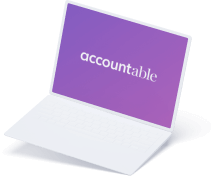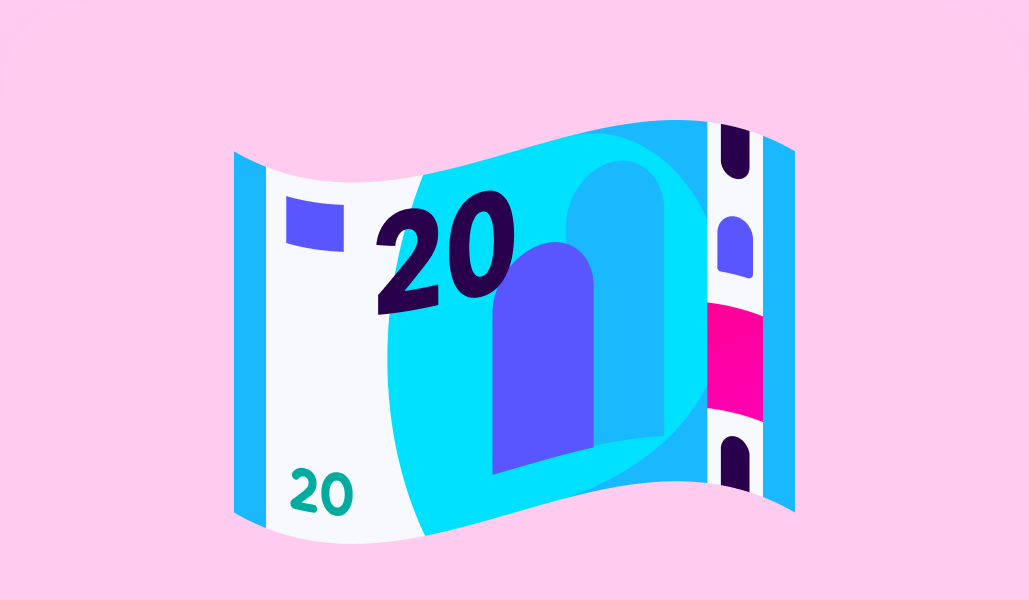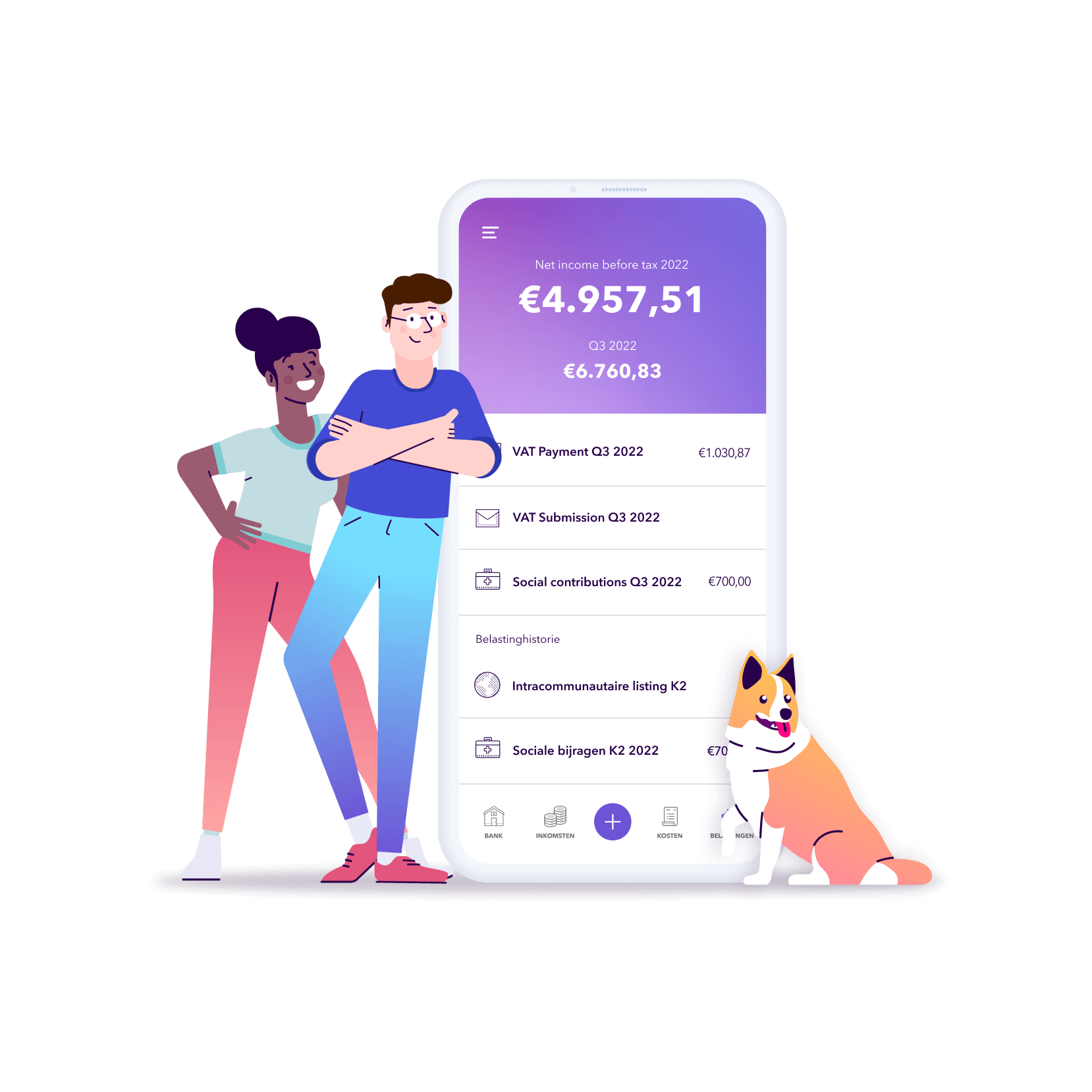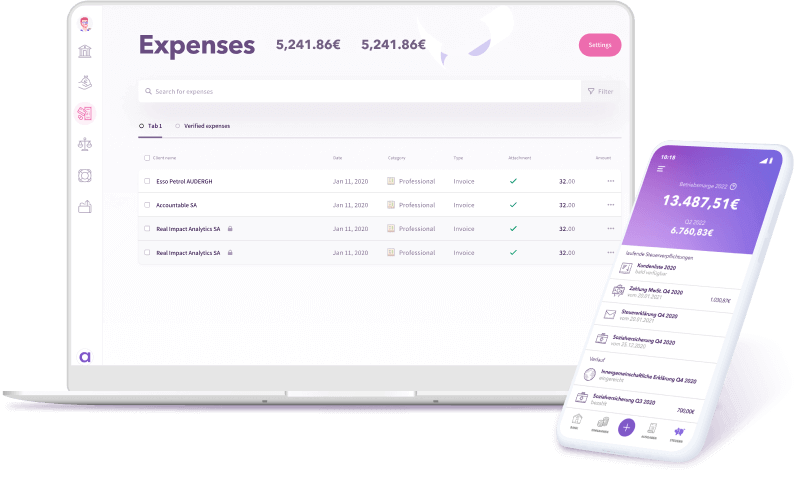
Inflation, deflation, and stagflation: Definitions and effects
Read in 3 minutes
In 2022, inflation in Germany hit a record high, reaching a level that hasn’t been seen since German reunification. This surge has meant many changes for consumers. Prices have risen dramatically, and many are faced with significant financial difficulties in their day-to-day lives.
To better understand the impact of inflation on the economy and how it differs from stagflation or deflation, we have summarised all the important information about these terms for you below.
What is inflation? Definition and causes
In a market economy, prices of goods and services are not fixed. They fluctuate and respond to market conditions such as resource availability and supply and demand. However, during inflation, not only do the prices of individual products rise, but a general increase in prices occur, causing the currency value to fall. When calculating the inflation rate, all goods and services are considered. According to the European Central Bank, these include:
- Everyday products such as food, petrol and other groceries
- Consumer goods such as smartphones, clothing and kitchen appliances
- Services such as rent payments, salon visits and care facilities
The annual inflation rate is calculated by comparing the prices of all potential purchases a person might make in a given month with the prices for those items in the same month of the previous year. In Europe, inflation is measured by the Harmonised Index of Consumer Prices (HICP). All European Union countries use the same method, which is why the index is referred to as harmonised.
When calculating the HICP, products that cost more are assigned a higher weight than cheaper products. For example, in the HICP, coffee, tea and cocoa are given a weight of 0.4%, while more expensive products, such as petrol, receive a weight that is ten times higher.
In addition to the actual inflation rate, there is also ‘perceived inflation’. When we look at the individual costs and expenses we have, we pay attention to the differences in prices, especially for goods that we consume frequently. For example, changes in the price of food or petrol are more noticeable than changes in the cost of a washing machine. Those who drive and regularly fill up their tank may notice a higher rate of inflation than those who use public transportation.
Causes of inflation
Certain economic factors can cause inflation. The most common causes include:
- Shortage of raw materials
- Increase in wage or non-wage labour costs
- Imported inflation (increase in the price of imported goods)
- Demand-pull inflation (demand exceeds supply)
What is deflation? Definition and causes
During deflation, the value of money increases, and goods and services become cheaper. If deflation persists for a long period, the unemployment rate tends to rise, demand for consumer goods is reduced and economic activity generally declines. Deflation does not necessarily affect the entire economy and can occur in individual sectors. This is referred to as partial deflation. When speaking about deflation, a common distinction is made between circulation deflation and strategic deflation:
Circulation deflation
With circulation deflation, the prices of goods and services fall over an extended period. This is due to a deflationary gap, or demand gap. Demand for certain goods or services is much lower than the available supply. Consumers or companies are reluctant to spend money in the market because they expect prices to fall further and, as a result, do not spend their money. This reduces the supply of money in the market. This not only has a significant impact on the economy but also on the government. The debt burden of a government increases during price deflation. The European Central Bank, therefore, also has a strong interest in avoiding deflation.
Strategic deflation
In the case of strategic deflation, there is less money in circulation. This can be harmful to the economy, as insufficient supply in the economy leads to unemployment and lower wages in the long term. Strategic deflation is often caused by central banks reducing the amount of money in circulation.
What is stagflation? Definition and causes
The term stagflation is a combination of the terms ‘stagnation’ and ‘inflation’. It describes an economic condition in which there is both economic stagnation and inflation.
In economics, stagnation means that economic growth remains the same or slows down over a longer period of time. This is accompanied by lower productivity and higher unemployment. Individuals and companies have less money at their disposal, which usually also reduces demand and the willingness to invest. The size of the gross domestic product indicates whether there is stagnation, recession or recovery.
If the prices of certain commodities, such as oil or gas, rise while the demand for these goods remains the same, not only does the country importing the commodity have to bear the cost, companies and ultimately consumers have to as well.
With the simultaneous devaluation of money, food and commodity prices rise. In the worst-case scenario, a wage-price spiral occurs as workers demand higher wages to offset their financial burdens. This, in turn, puts additional pressure on companies, which may be forced to downsize, resulting in a decrease in production. As unemployment increases, stagflation can also lead to a recession.
With this short overview of these three terms, you have already gained some valuable knowledge that can help you navigate various business processes as an entrepreneur. Learn more about topics such as taxes and self-employment, or read about how to invoice your clients.
Did you find what you were looking for?
Happy to hear!
Stay in the know! Leave your email to get notified about updates and our latest tips for freelancers like you.
We’re sorry to hear that.
Can you specify why this article wasn’t helpful for you?
Thank you for your response. 💜
We value your feedback and will use it to optimise our content.










